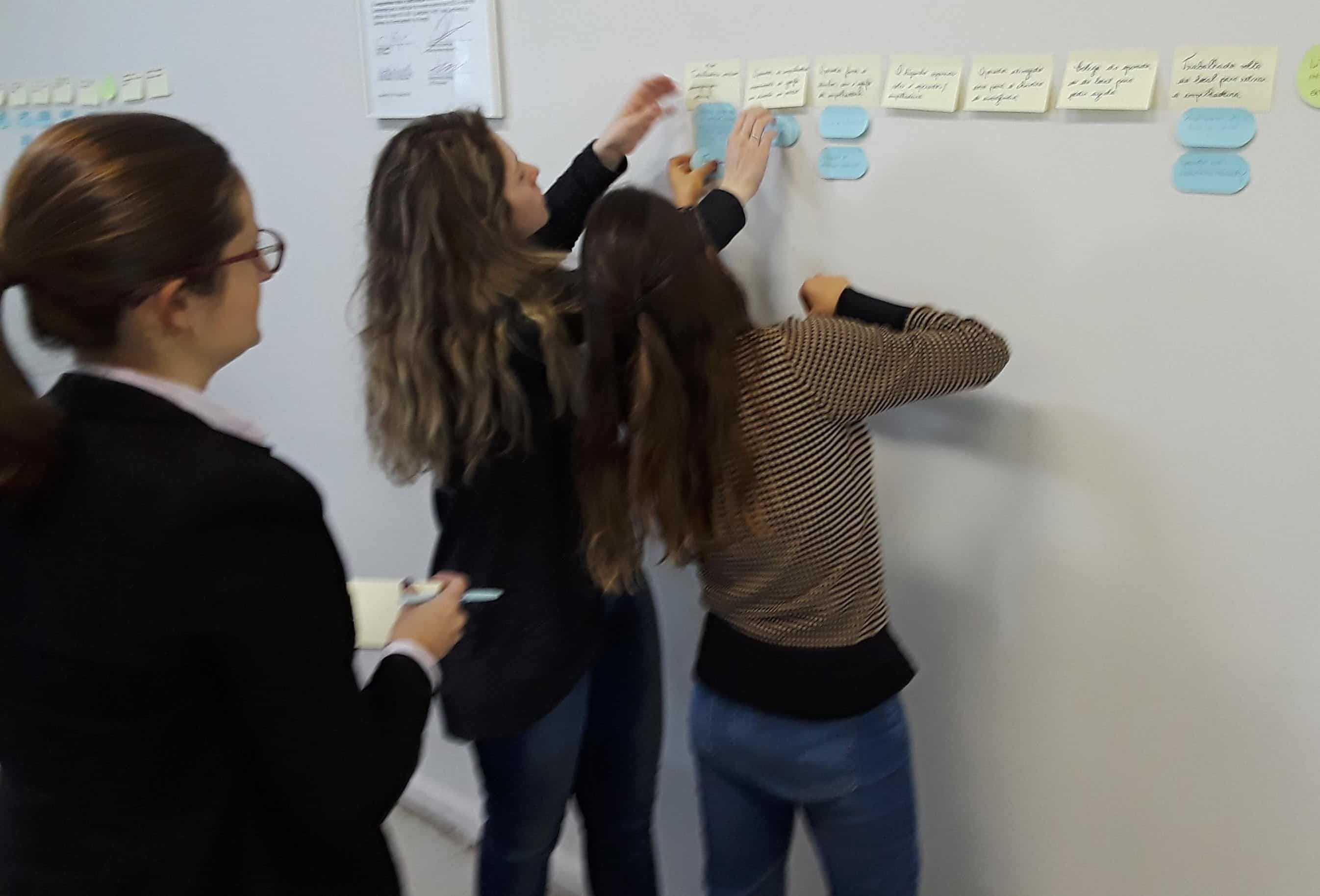How Do You Develop a World-Class Improvement Program?

What Are You Trying to Improve?
Before starting an improvement program, you must decide what you are improving. For example,
- Human Performance
- industrial Safety
- Process Safety
- Nuclear Safety
- Traffic Safety
- Patient Safety
- Aviation Safety
- Product Quality
- Process Quality
- Service Quality
- Equipment Reliability
- Maintenance Performance
- Operational Excellence
Each of the performance improvement programs for the topics above will be different. Some will be slightly different, and some will have major differences.
The differences are partially due to differences in the industries involved. Some are different because of the technology involved. For example, driving a truck differs from operating on a patient in a hospital.
However, all improvement programs have certain similarities. The similarities include:
- You will need management’s support.
- You should develop a written program that is approved by management.
- You will need a budget and a staff to support the program (or programs).
- You will need a communication plan for management, supervision, and employees.
- You will need participation by management, supervisors, and employees.
- You will need performance measures and tools for trending performance.
- You will need a rewards program for successful outcomes.
- You will need a plan to benchmark your program and ensure continuous improvement.
- You should think about a succession plan for key team members and management.
- You will need an advanced root cause analysis system to analyze incidents and proactively improve performance using audits and assessments.
But there’s more.
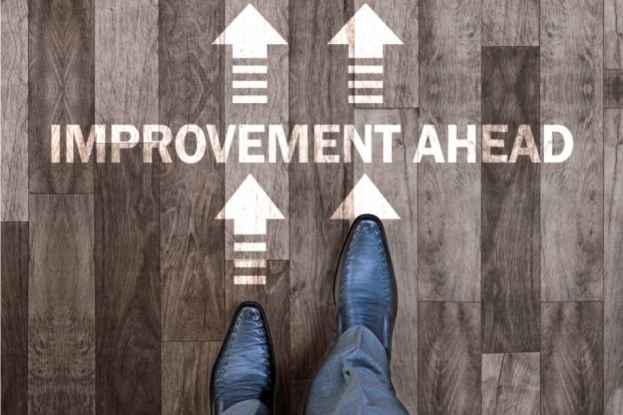
Improvement Program Similarities/Differences
Once you have decided what you are trying to improve, you should be able to define clearly what needs to be improved. Usually, you start with an outcome in mind.
For example, if you decided to prevent fatalities (your objective), you might see that several of the topics above must be included in your improvement program. To prevent fatalities, you might decide that you need to improve the following:
- Human Performance
- industrial Safety
- Process Safety
- Traffic Safety
Your improvement program would include each of these topics, but you might take different approaches to each topic.
An Example Improvement Program with 4 Approaches
For example, industrial safety usually has a single individual (or a small group) as the target of a hazard. You might adopt Chevron’s GOALZERO program based on the Safety Wheel.
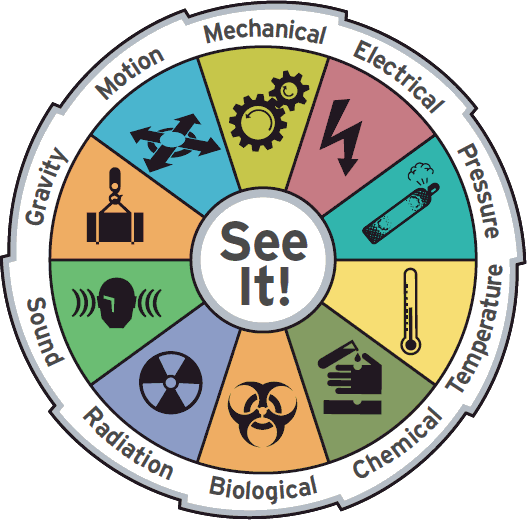
However, you probably would choose different approaches to improve process safety, traffic safety, and human performance.

For example, to improve process safety, you might adopt the CCPS’s Vision 20/20 and add elements of Admiral Rickover’s Nuclear Safety approach.
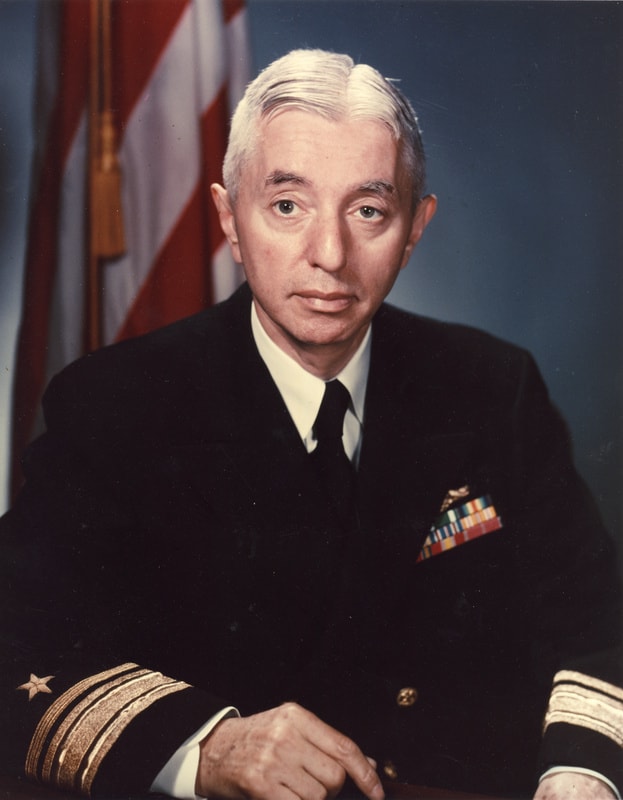
You might use the tools from the National Safety Council’s driving safety program for traffic safety.
Finally, you might attend System Improvements’ Stopping Human Error Training to improve human performance and develop a custom program taking the best ideas from HOP and Human Factors.
Improvement Program Implementation
Because there is a danger of overwhelming people, you would probably roll out these programs one at a time (based on the risk involved in each topic and your data about past accidents and incidents).
For example, if your company had a major explosion (a process safety incident), you probably would start with the process safety improvement program and, next, roll out the human performance improvement program (an essential part of process safety).
You need to develop an implementation plan for each improvement initiative that includes managers, supervisors, and employees and targets achieving their acceptance and participation (you can’t do this alone).
Get Some Great Ideas
I have an idea for you if you are just starting a plan or have an existing program that you would like to improve (remember the continuous improvement part of any program). You should attend the Improvement Program Best Practices Track at the 2025 Global TapRooT® Summit.
What’s in the Improvement Program Best Practices Track? Here are the sessions…

Click on the figure above to see an outline of each session. And if one or more of these sessions don’t interest you, you can choose other Best Practice Track sessions to customize your Summit experience. See the complete schedule HERE.
However, the Best Practices Track sessions aren’t the only learning potential at the Summit. We also have five interesting, informative, and motivating Keynote Speakers.

Click on the picture above for an outline of their presentations.
But there’s more! Before the Summit, we have 11 different advanced 2-day training opportunities to choose from:
- Stopping Human Error
- Analyzing and Adjusting Safety Culture
- Advanced Communication/Presentation Skills
- The Best Ways to Use Data to Improve Performance
- 2-Day Equifactor® Equipment Troubleshooting & TapRooT® Root Cause Analysis
- TapRooT® Advanced Case Study Workshop
- TapRooT® Software Training
- Auditing & Proactive Improvement Using TapRooT® RCA
- Interviewing & Evidence Collection
- Developing an Incident Command System
- TapRooT® Root Cause Analysis Training
And when you attend the Summit and a pre-Summit Course, you get a $300 discount off the combined registration fee.
Bring a team and get even more significant discounts (up to $900 off)…

When are the pre-Summit and Summit? September 29 – October 3, 2025.
Where are the pre-summit and Summit being held? At the Knoxville Convention Center in downtown Knoxville, Tennessee.

And finally, there is the great networking and benchmarking that you will participate in at the Summit.
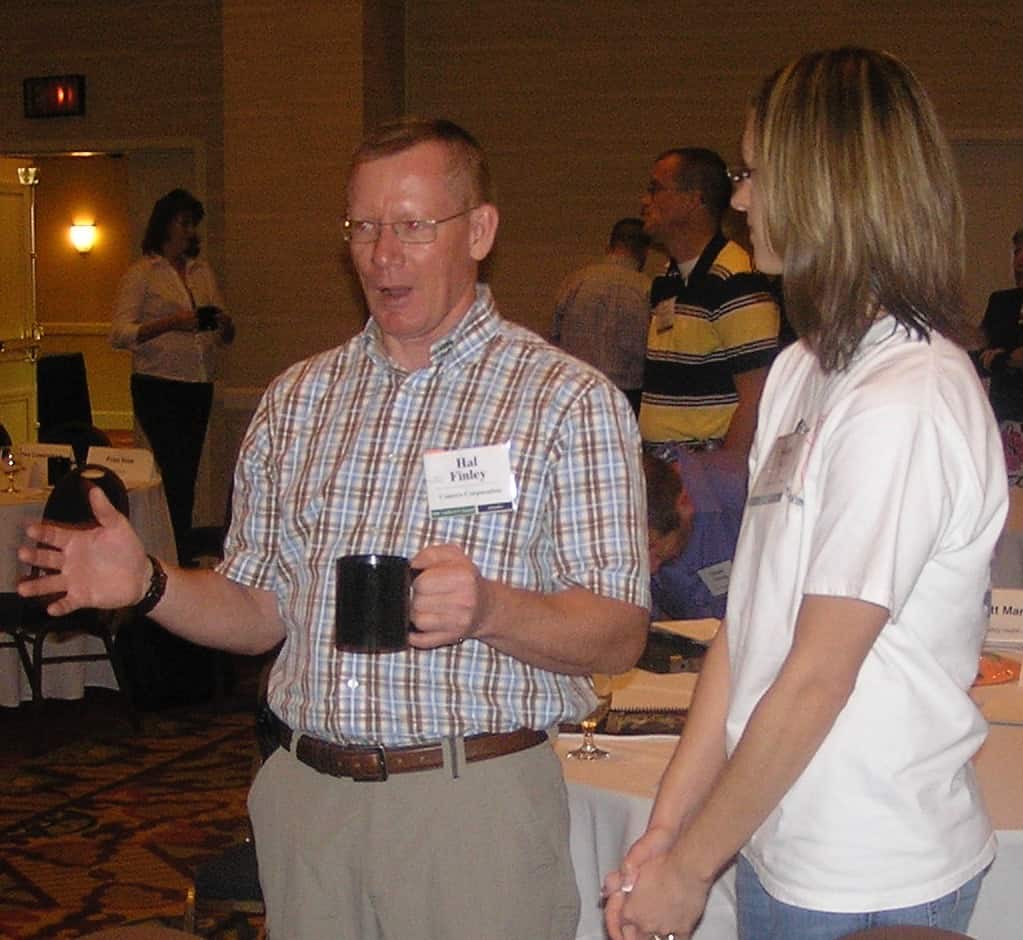
You will return to work with valuable lessons learned, best practices, and contacts that will benefit your company and your career.
Learn more about the Summit in this video…
Get More Summit Info
To get more Summit information, HERE.
To register for the Summit, CLICK HERE.
Don’t wait! The pre-Summit Course sizes are limited, and you don’t want to miss this great opportunity to learn and improve your performance.



